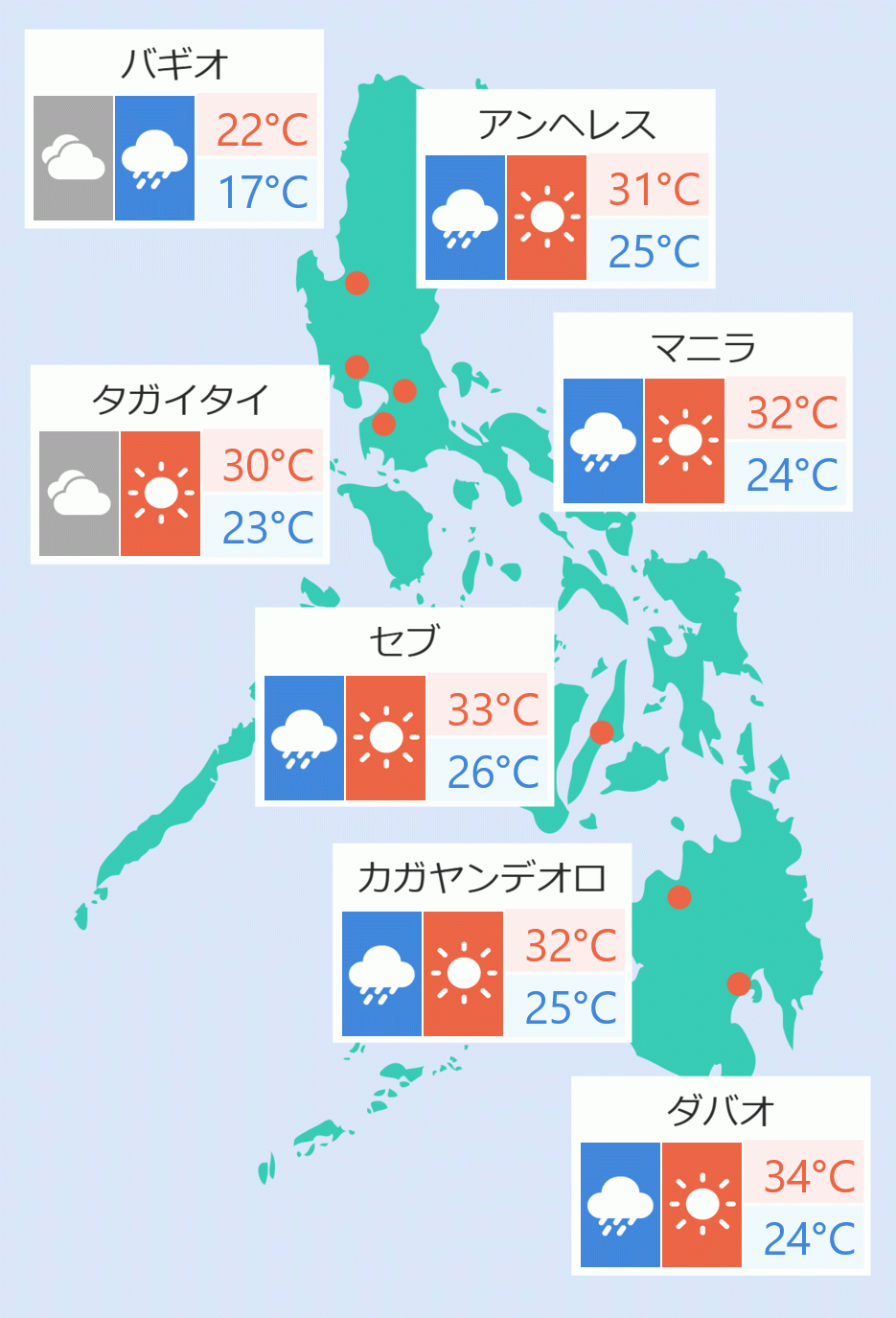The National Risk Reduction and Management Council (NDRRMC) agreed in a meeting on Monday to recommend the declaration of Boracay Island under a state of calamity following its scheduled closure on Thursday.
“The draft resolution recommending the declaration of a state of calamity in the affected barangays covering Boracay Island was approved by the National Council subject to minimal modification as discussed during the meeting and for review of the Legal Working Group,” Defense Secretary Delfin Lorenzana said.
“This concerted effort from the National DRRM Council is in continued pursuit of our initiatives to building disaster resilient Filipino communities,” he added.
Romina Marasigan, NDRRMC spokesperson, said considering “the prevailing conditions in Boracay Island and the urgent need for its temporary closure as a tourist destination for purposes of rehabilitation, the National Council has agreed to recommend to the President the declaration of a state of calamity in Boracay Island.”
Marasigan said the recommended declaration shall cover three barangays in Malay, Aklan named barangay Balabag, Manoc-Manoc, and Yapak for a maximum period of one year.
“It also recommended the temporary closure of the island for a period of six months to allow the government in its expeditious rehabilitation, as well as in addressing the evolving socio-economic needs of affected communities,” she said.
Marasigan said during the special council meeting, the departments of environment, science and technology and health delivered presentations on the conditions of Boracay Island.
“Based on the investigation and validation undertaken by the DILG ( Department of Interior and Local Government) and DENR (Department of Environment and Natural Resources), pollution caused by improper waste management and encroachment of protected areas by illegal structures have adversely affected the overall ecological balance of the island,” she said.
“Findings of the DOST ( Department of Science and Technology) further revealed that beach erosion is prevalent in Boracay Island, particularly along the West Beach where as much as 40 meters of erosion has taken place in the past 20 years from 1993 to 2003, and is largely due to storms, extraction of sand along the beach to raise properties, and structures along the foreshore,” she added.
Marasigan said “the Regional DRRM Council VI data also shows the significant increase in tourist arrivals in the island for the last years, specifically from 1,206,252 tourist arrivals in 2012 to 2,001,974 tourist arrivals in 2017.” Robina Asido/DMS




 English
English









